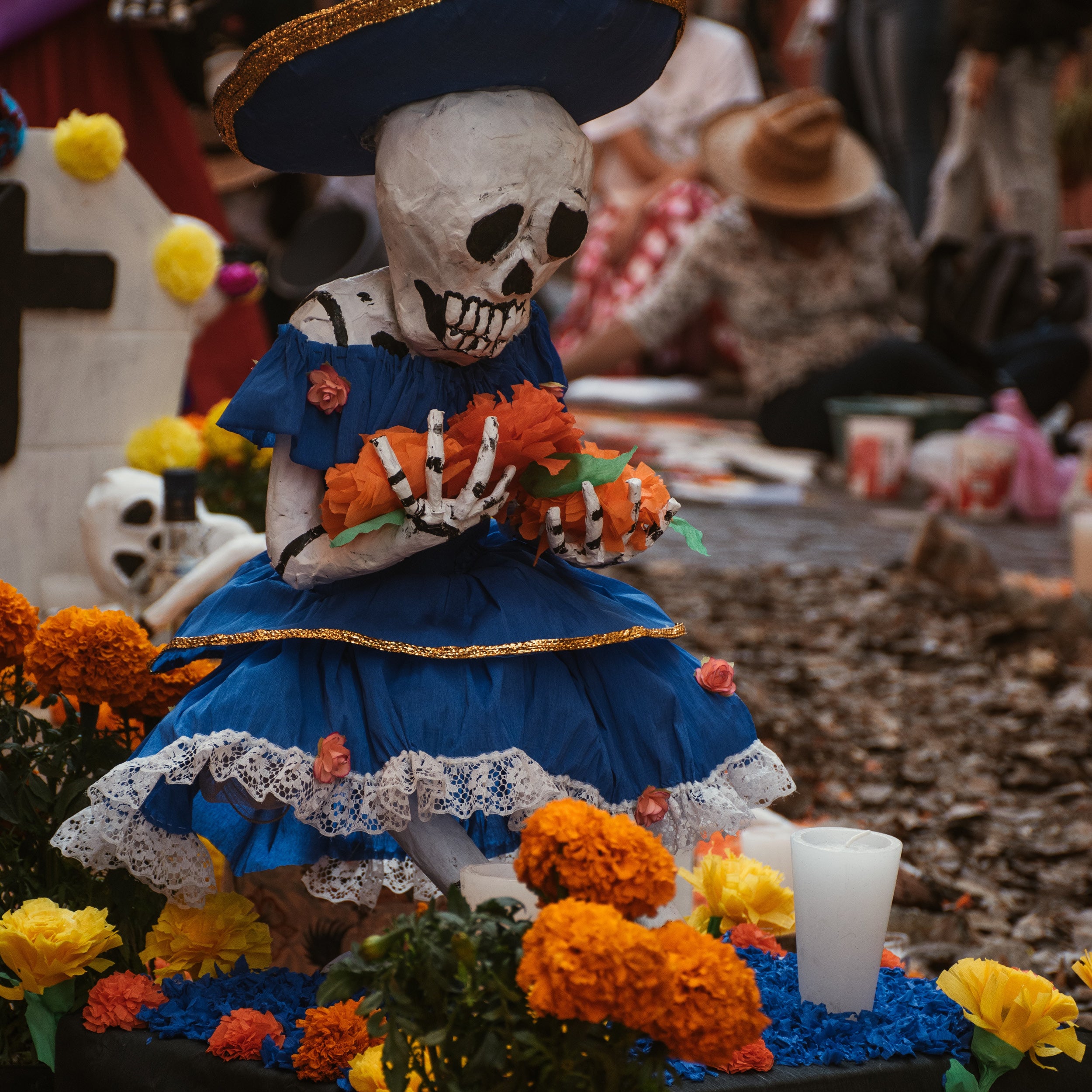Día de los Muertos, or the Day of the Dead, is a vibrant and deeply meaningful Mexican holiday celebrated annually on November 1st and 2nd. It is a time for families and communities to come together to honor and remember their departed loved ones. This unique celebration is a fusion of indigenous Aztec beliefs and Catholicism, creating a beautiful tapestry of culture, spirituality, and artistry.
The Origins of Día de los Muertos
The roots of Día de los Muertos can be traced back over 3,000 years to the Aztec civilization. The Aztecs dedicated a month-long celebration to the goddess Mictecacihuatl, the Lady of the Dead, in honor of deceased ancestors. This tradition was later adapted by the Spanish conquistadors, who merged it with All Saints' Day and All Souls' Day from Catholicism.
Significance and Beliefs
Día de los Muertos holds profound cultural and spiritual significance for Mexicans and Mexican-Americans. It is a time to acknowledge the cyclical nature of life and death, viewing passing as a natural part of the human experience. The belief is that, during these days, the souls of the departed return to the earthly realm to reunite with their families, providing comfort and guidance.
Altars (Ofrendas) and Their Symbolism
At the heart of Día de los Muertos are the elaborately crafted altars, known as "ofrendas." These altars are created in homes, cemeteries, and public spaces, adorned with an array of symbolic items.
-
Marigolds (Cempasúchil): These bright orange flowers are believed to guide the spirits with their vibrant color and fragrant scent.
-
Sugar Skulls (Calaveras de Azúcar): Intricately decorated with colorful icing, these skulls represent both death and the sweetness of life. They often bear the names of the deceased and are offered as gifts.
-
Candles and Incense (Veladoras y Copal): These provide illumination and serve as a beacon for the returning souls.
-
Photographs and Mementos: Personal items and photos of the departed are displayed to help the spirits recognize their loved ones.
-
Pan de Muerto (Bread of the Dead): This sweet, round bread is a central element of the ofrenda, symbolizing the circle of life and the communion between the living and the deceased.
-
Water and Salt: Essential for the journey of the souls, water quenches their thirst after the long trip, while salt purifies their essence.
Celebratory Traditions
The celebration begins on October 31st, when families clean and decorate gravesites, creating a welcoming space for the returning spirits. They paint faces with elaborate skull designs and dress in colorful attire, embracing the festive spirit of the occasion.
On November 1st, known as Día de los Inocentes (Day of the Innocents), families honor children and infants who have passed away. November 2nd, Día de los Difuntos (Day of the Deceased), is dedicated to honoring adult relatives.
Families gather at gravesites, sharing stories, laughter, and favorite foods of the departed. It is a time of reflection, celebration, and unity, strengthening the bonds between the living and the dead.
To sum it all up...
Día de los Muertos is a profound celebration that encapsulates the beauty of Mexican culture and the enduring connection between generations. Through ofrendas, traditions, and heartfelt remembrance, this holiday offers a poignant reminder that the spirit lives on, and love transcends time and space. It stands as a testament to the resilience of the human spirit and the power of honoring those who came before us.



Leave a comment
All comments are moderated before being published.
This site is protected by hCaptcha and the hCaptcha Privacy Policy and Terms of Service apply.